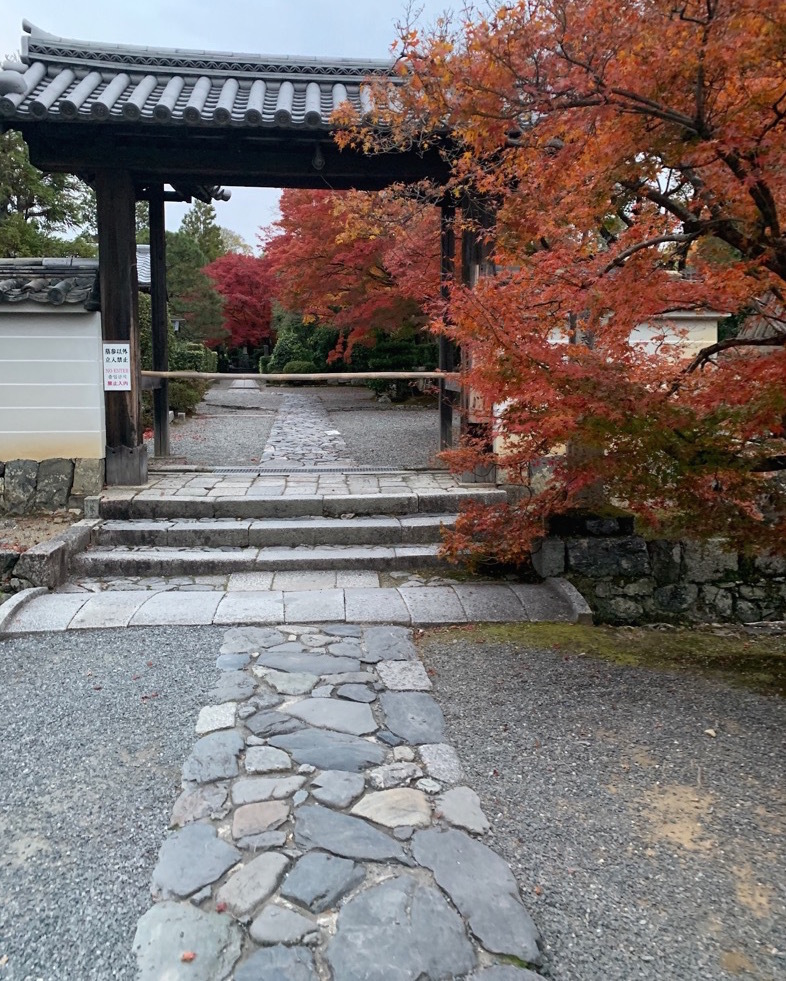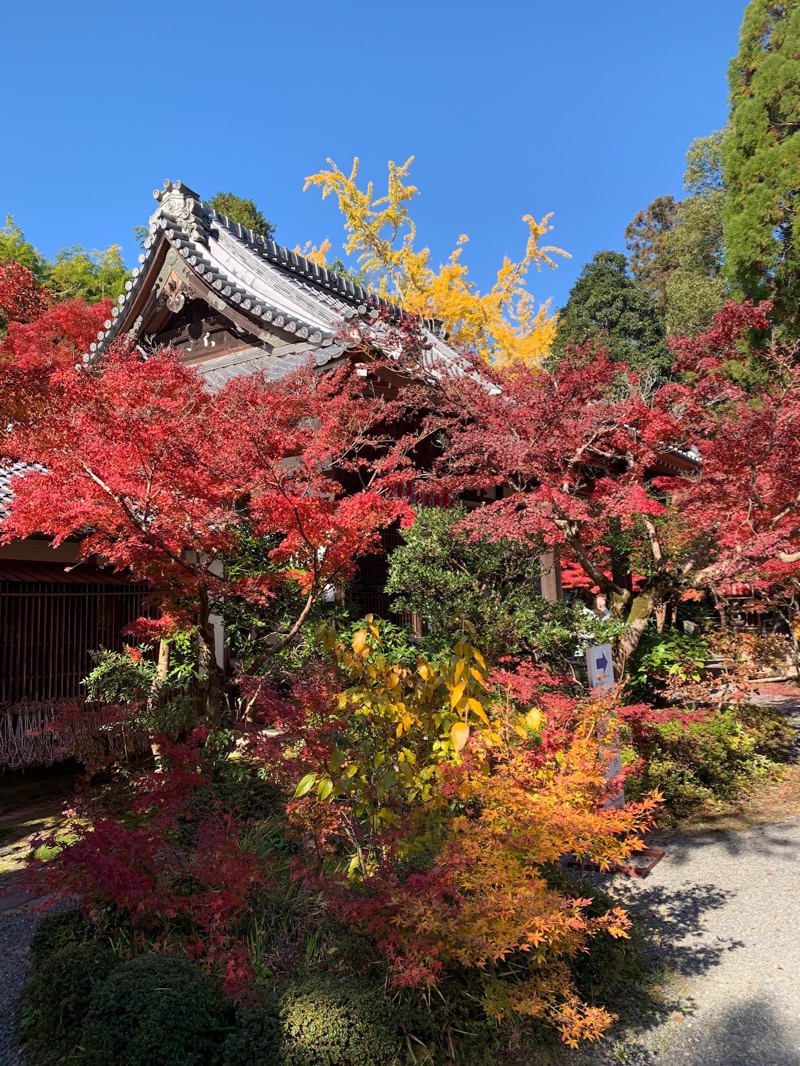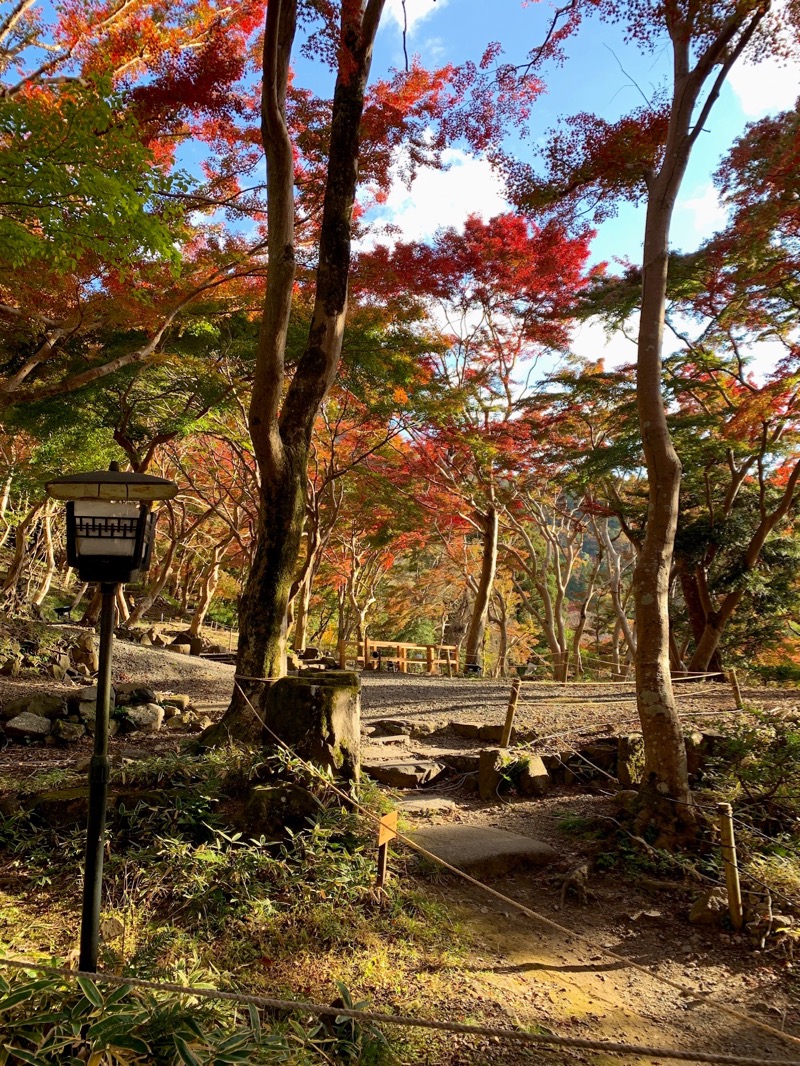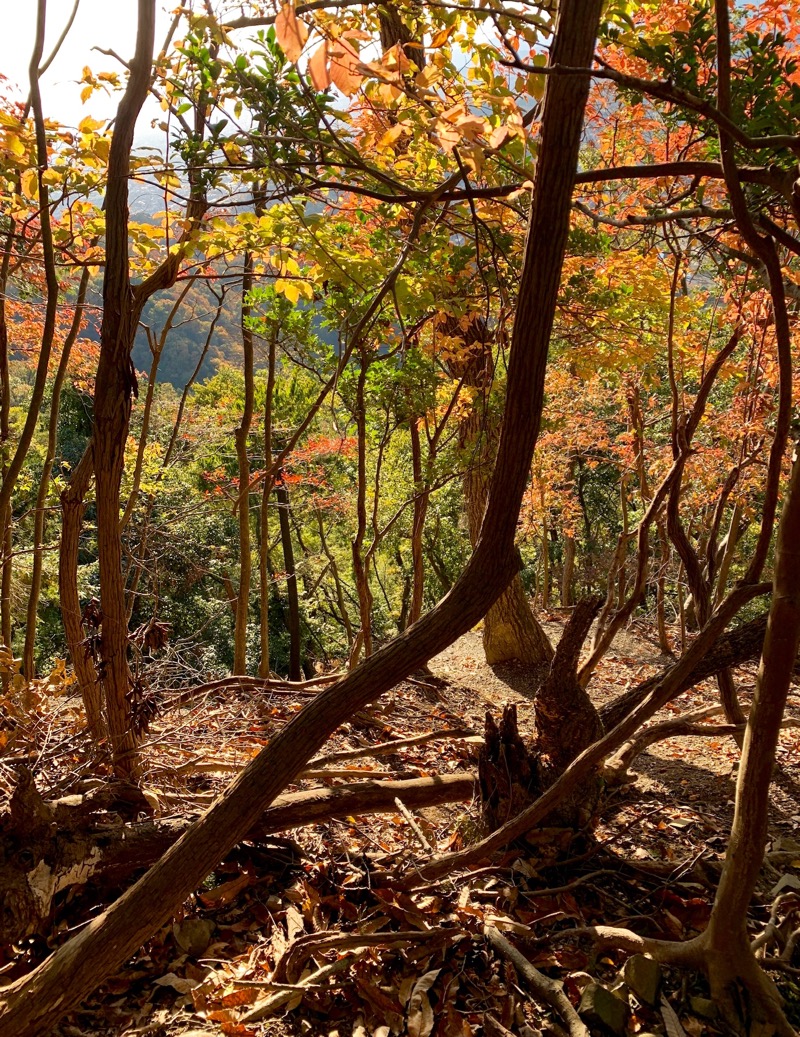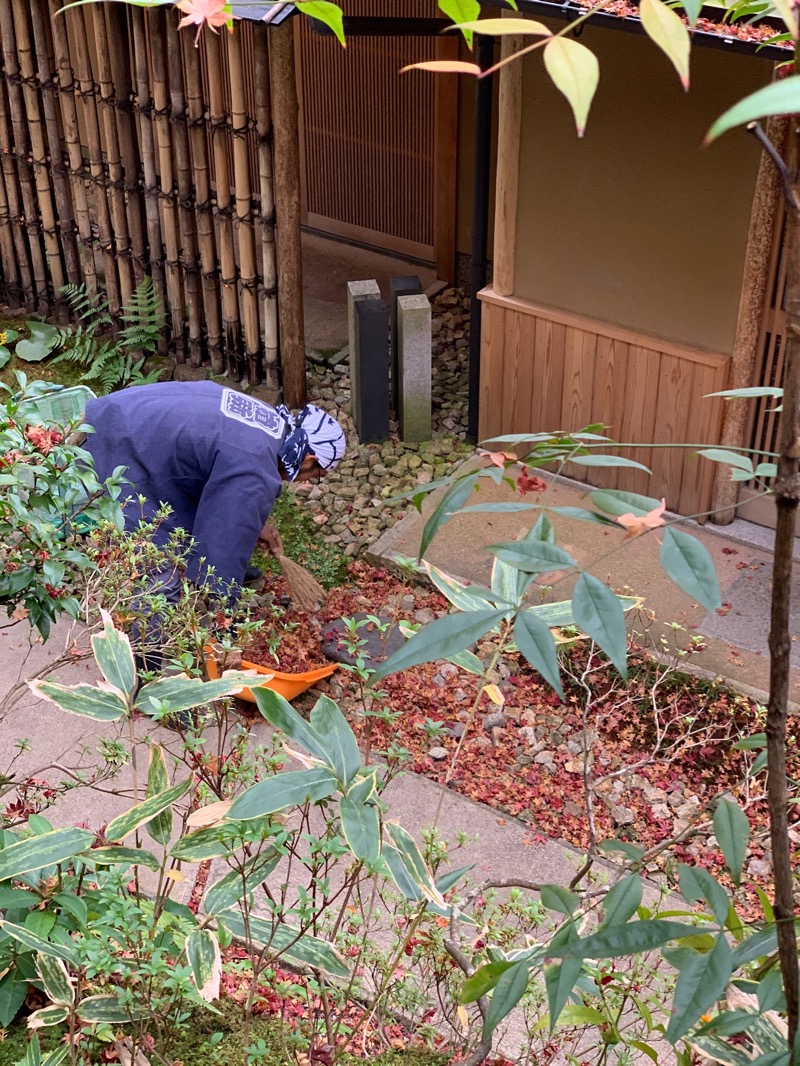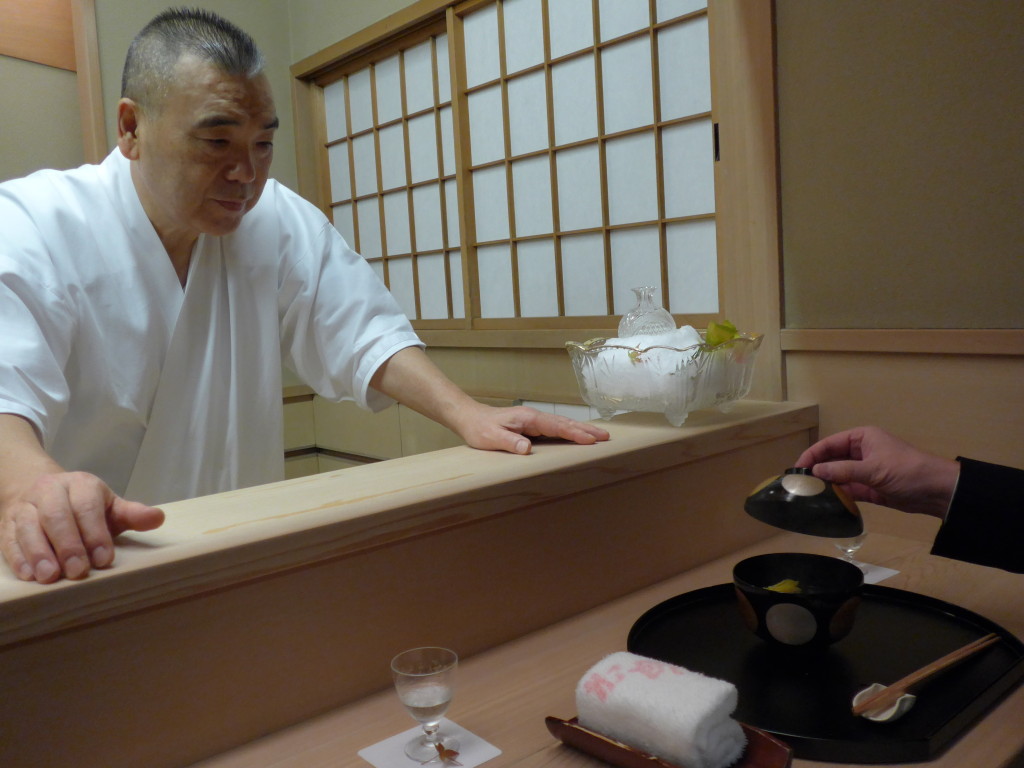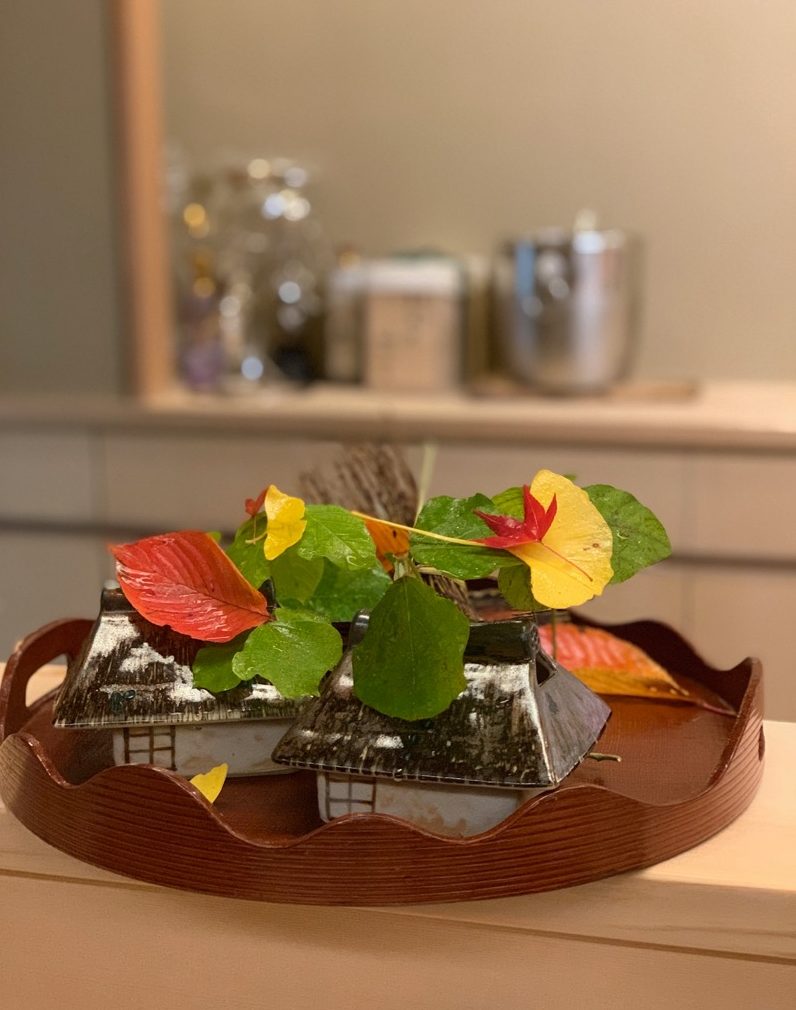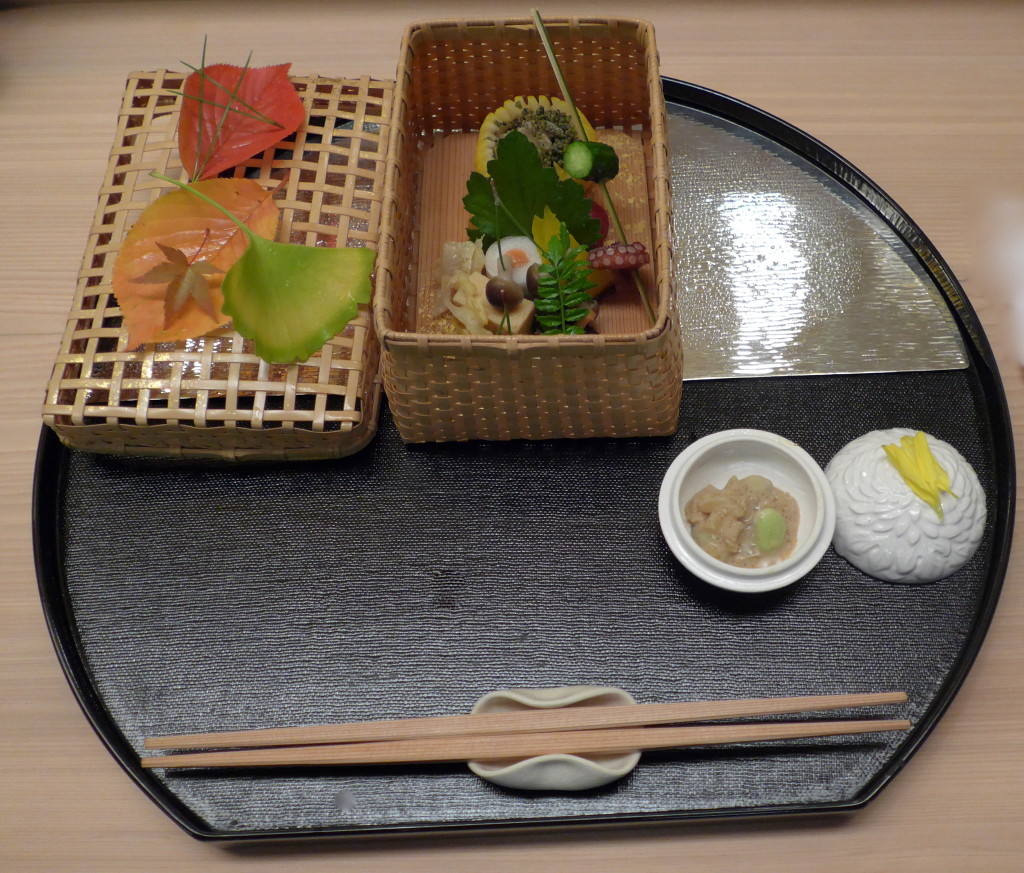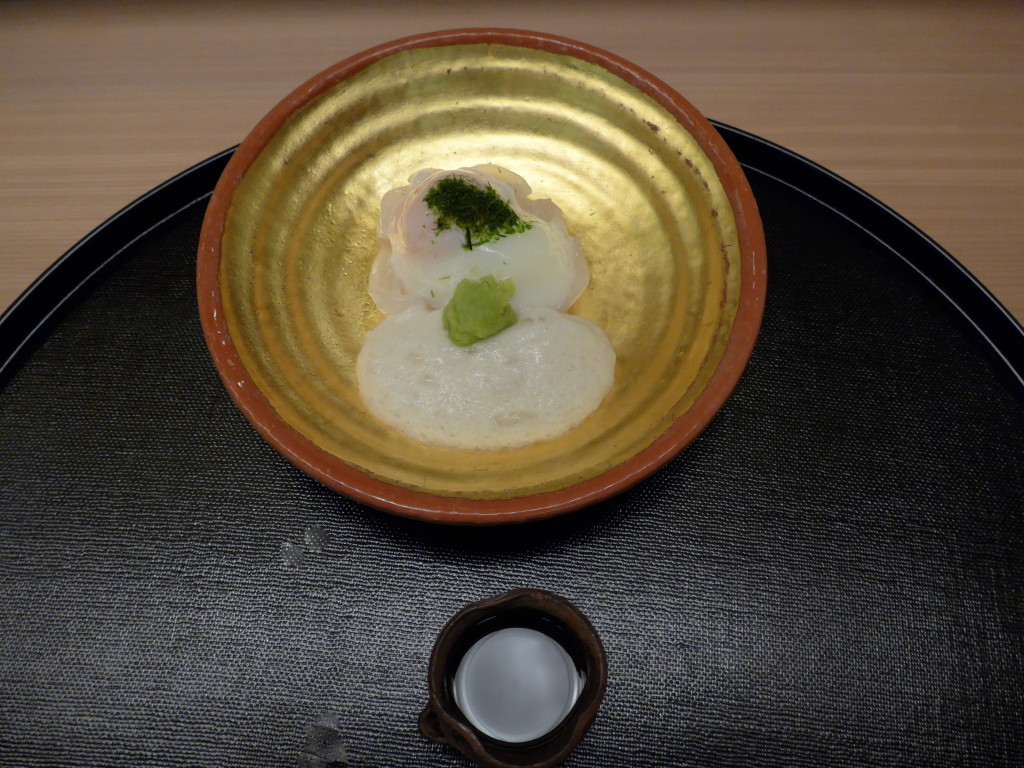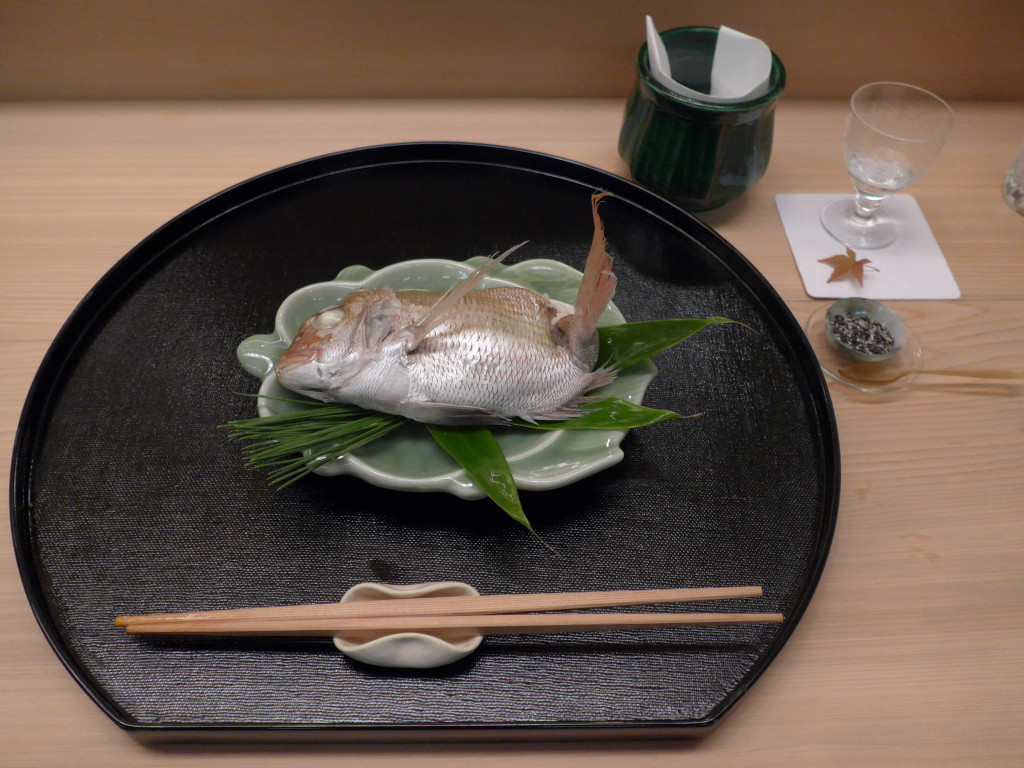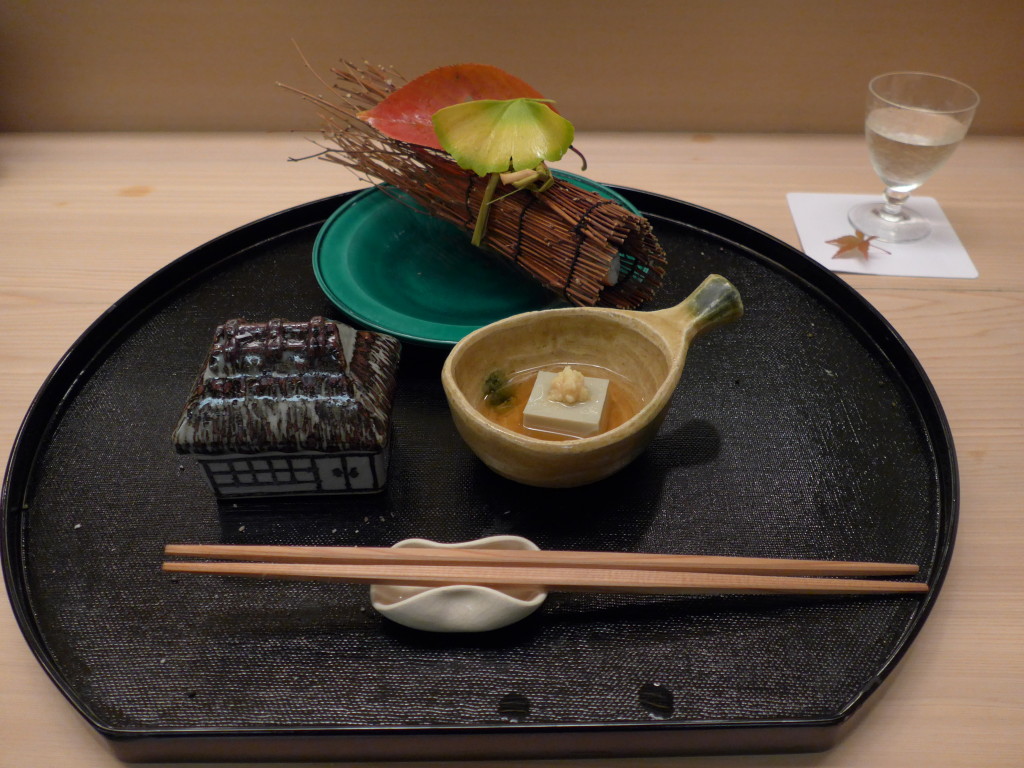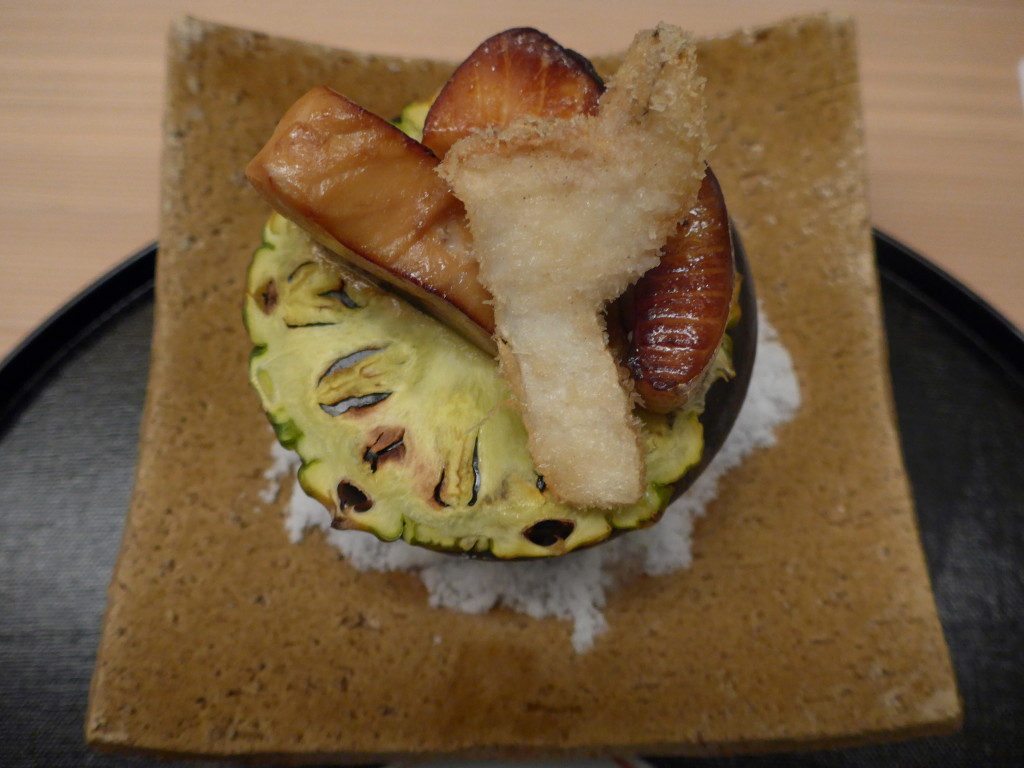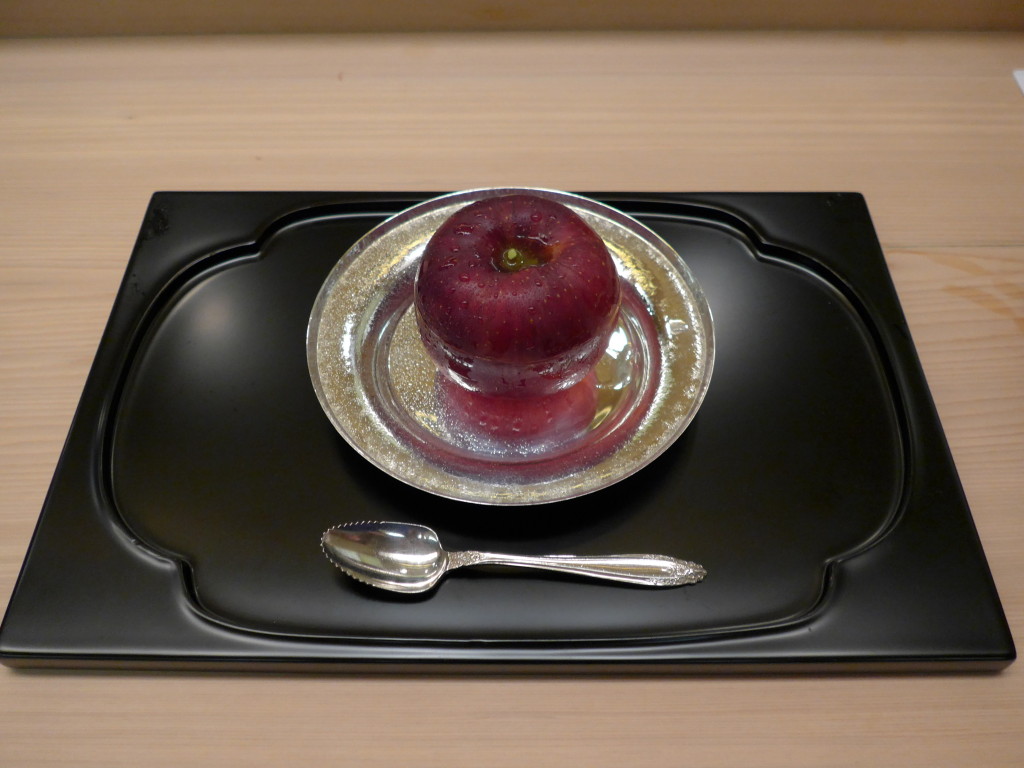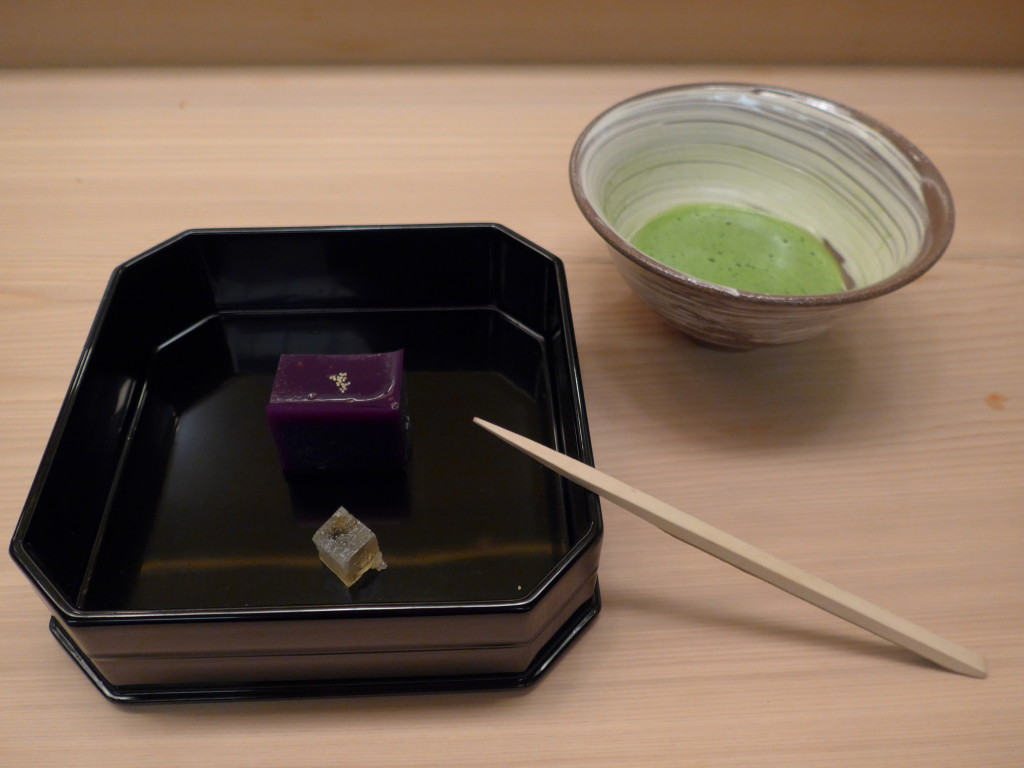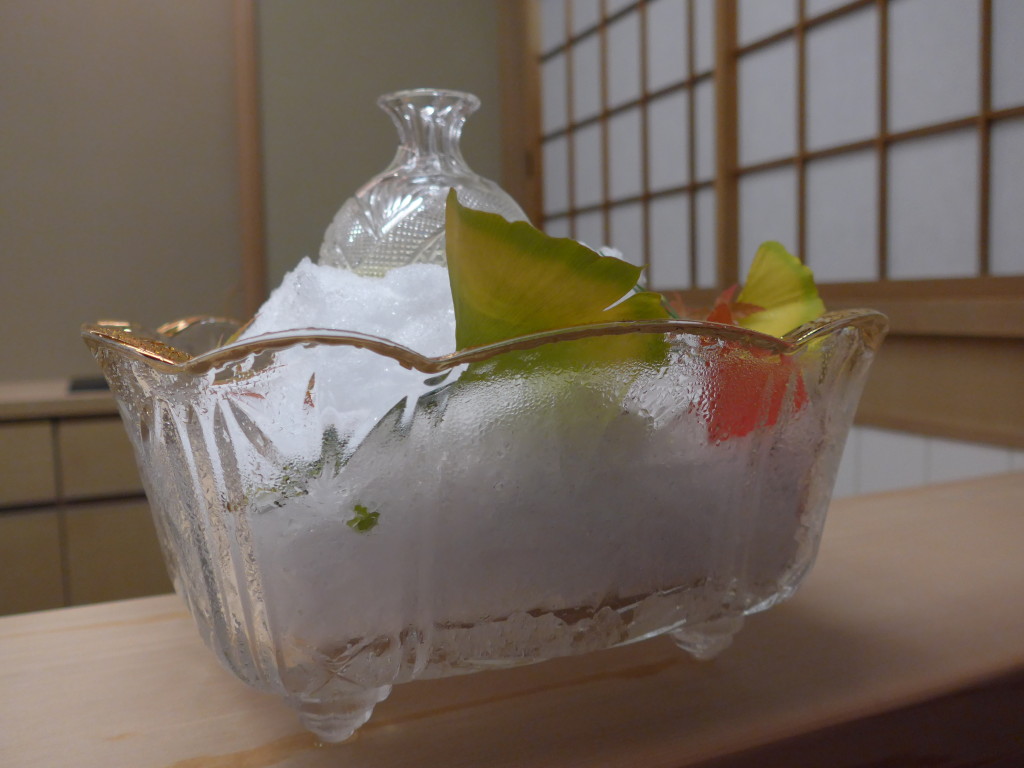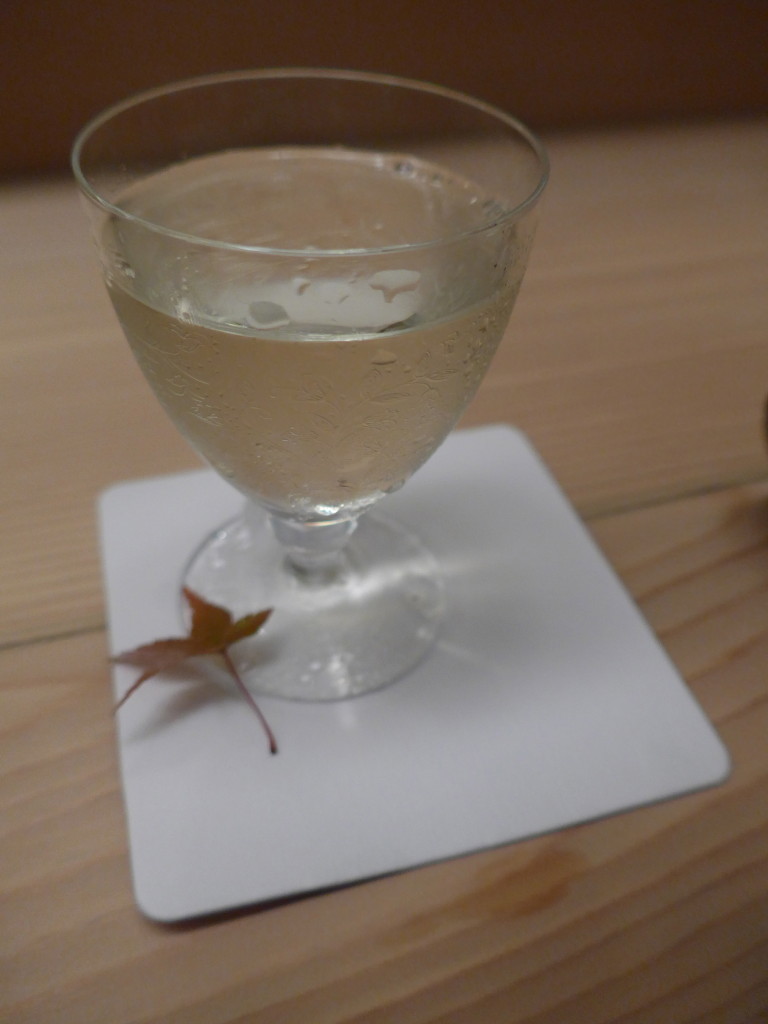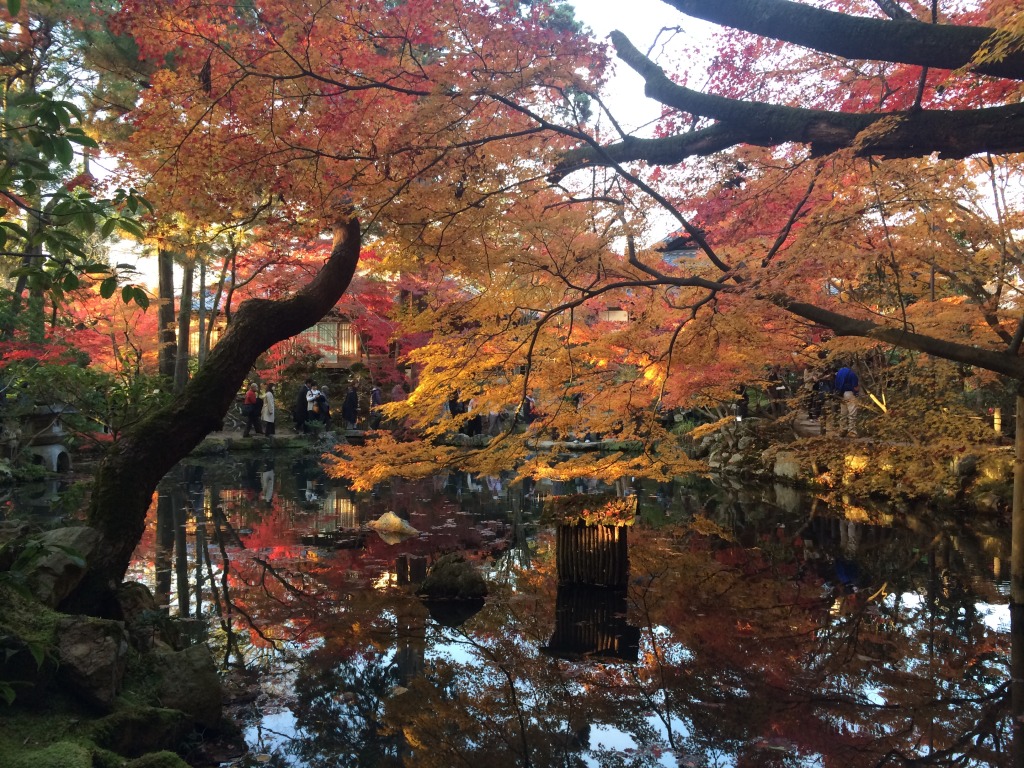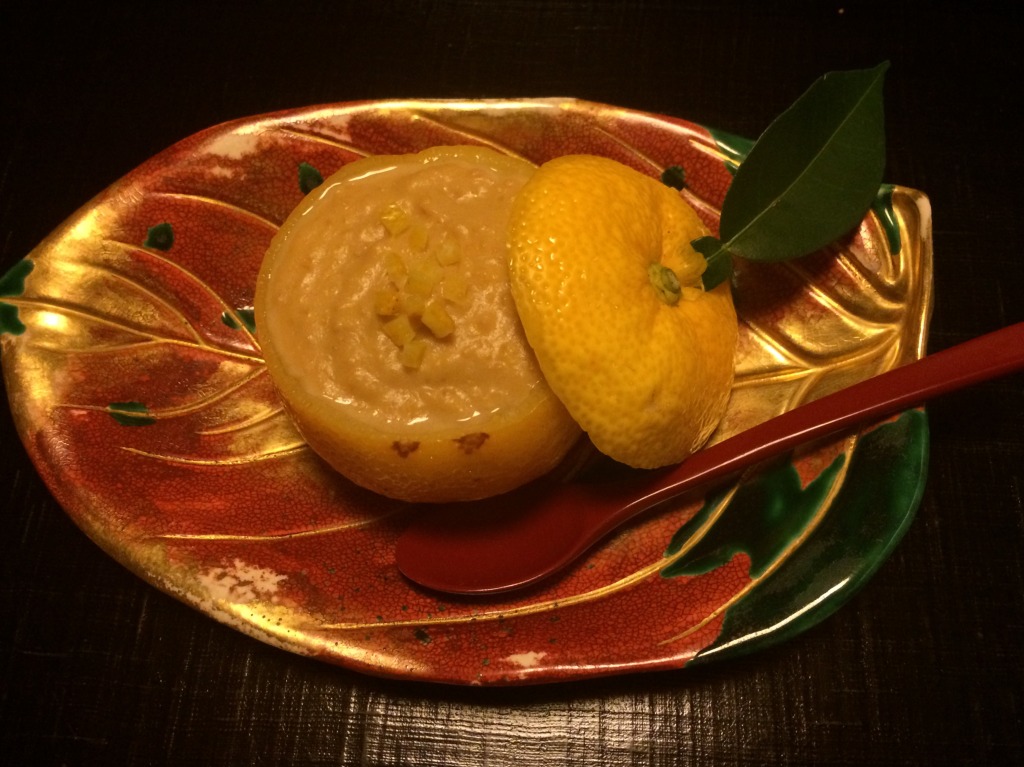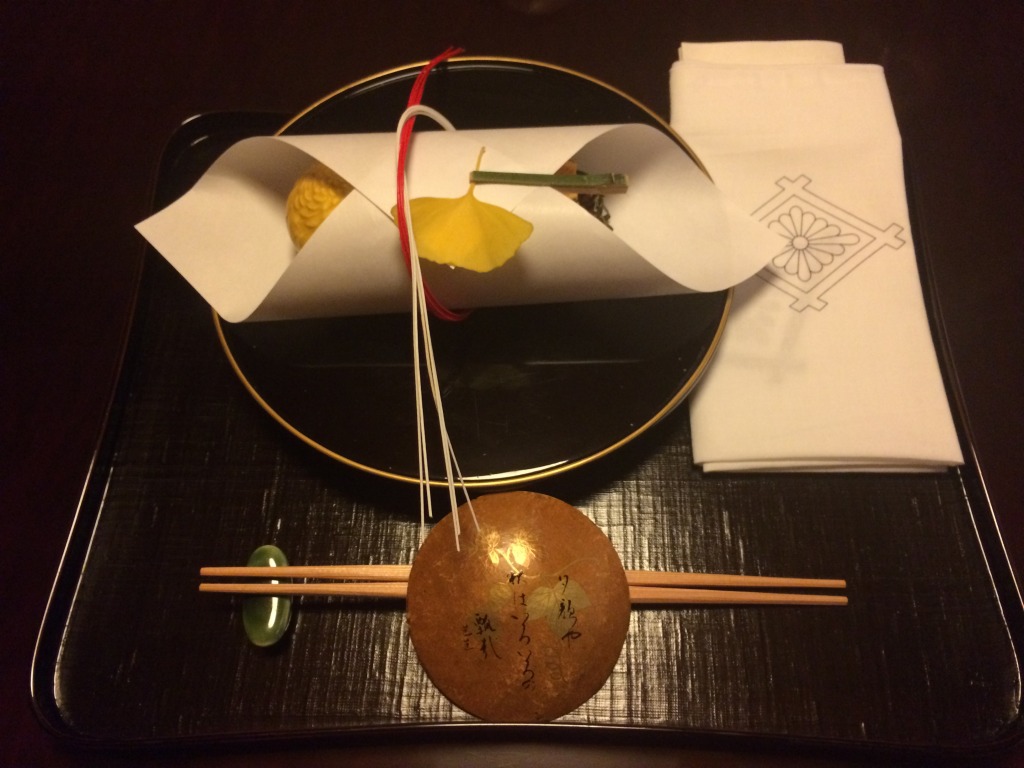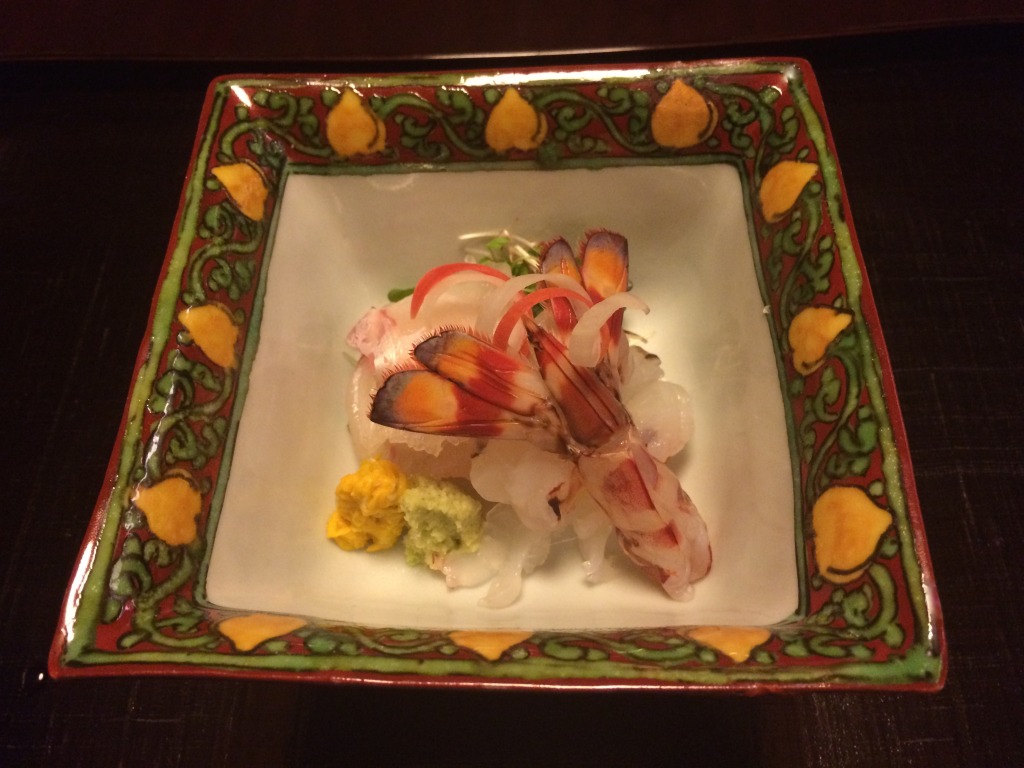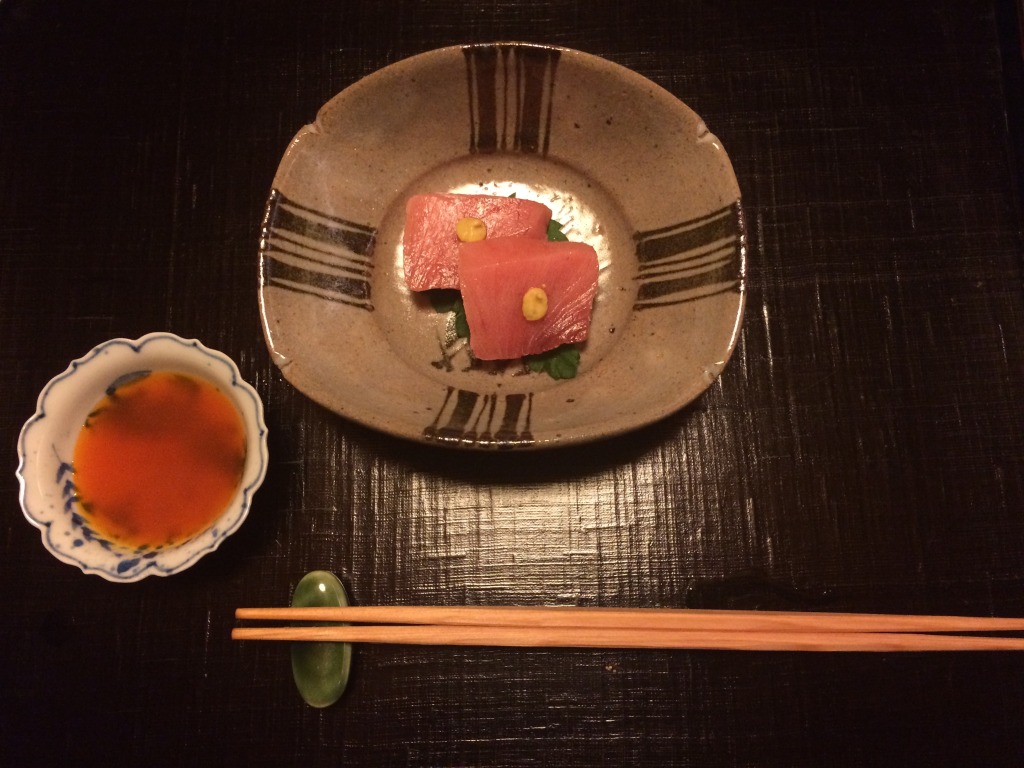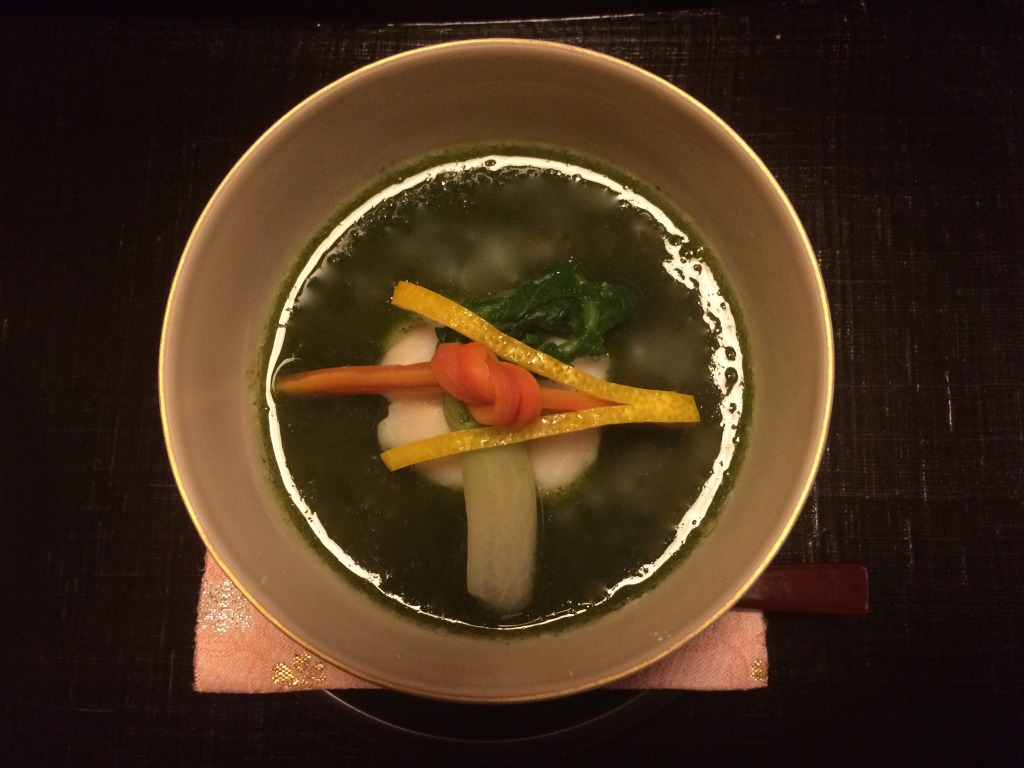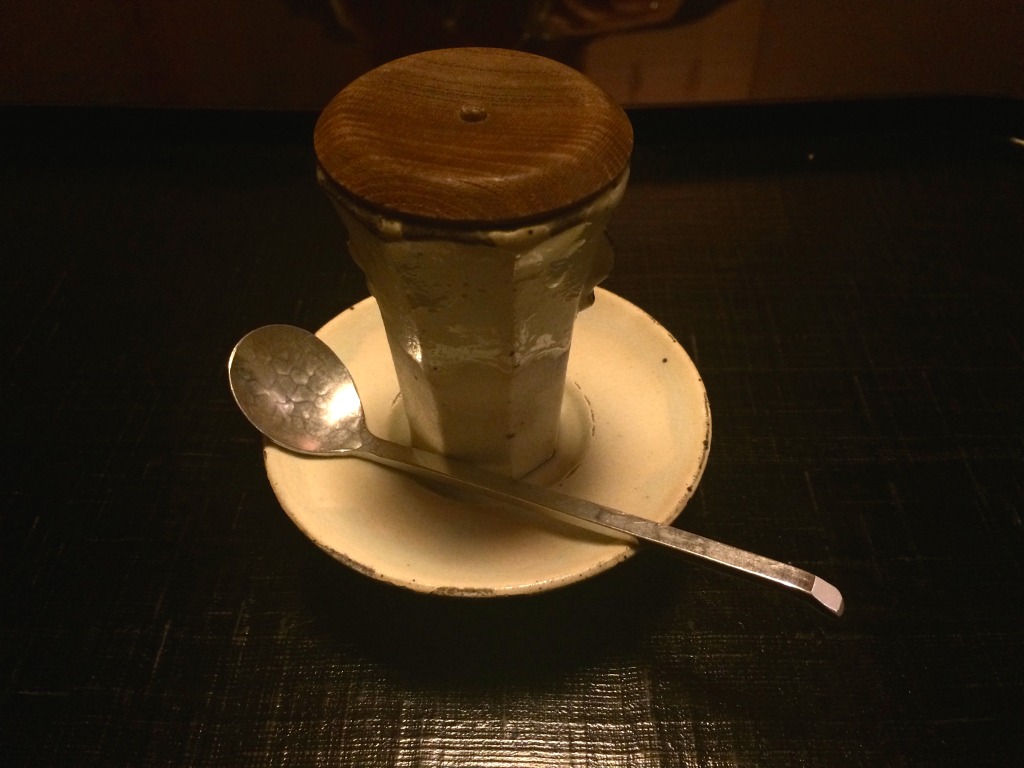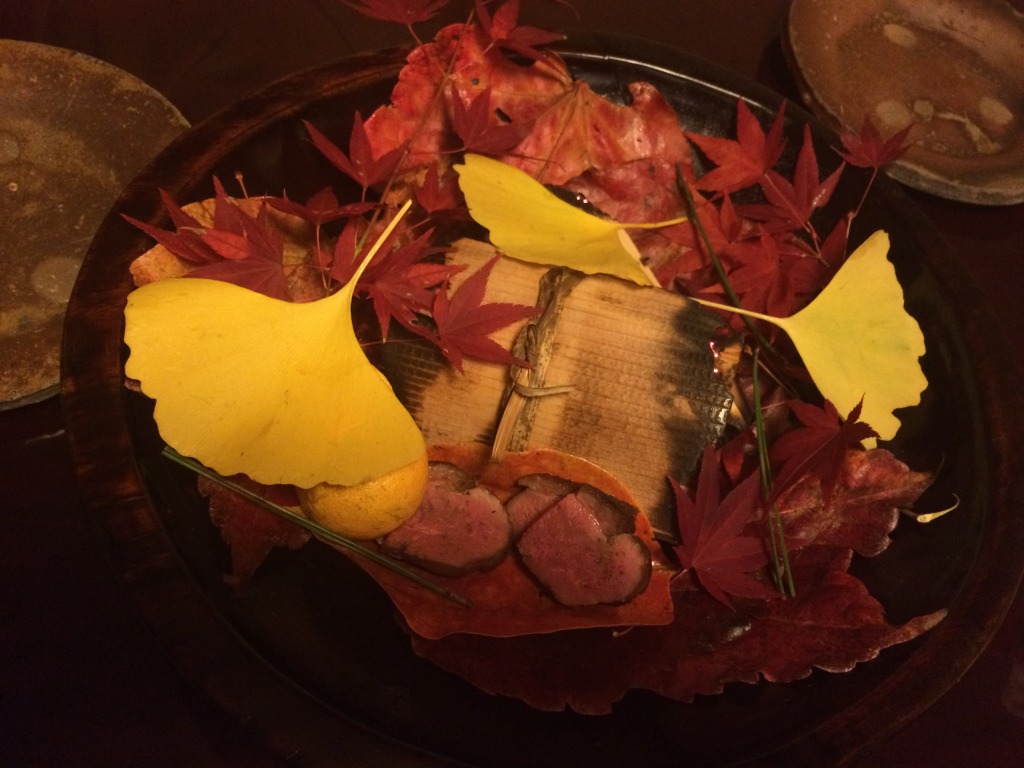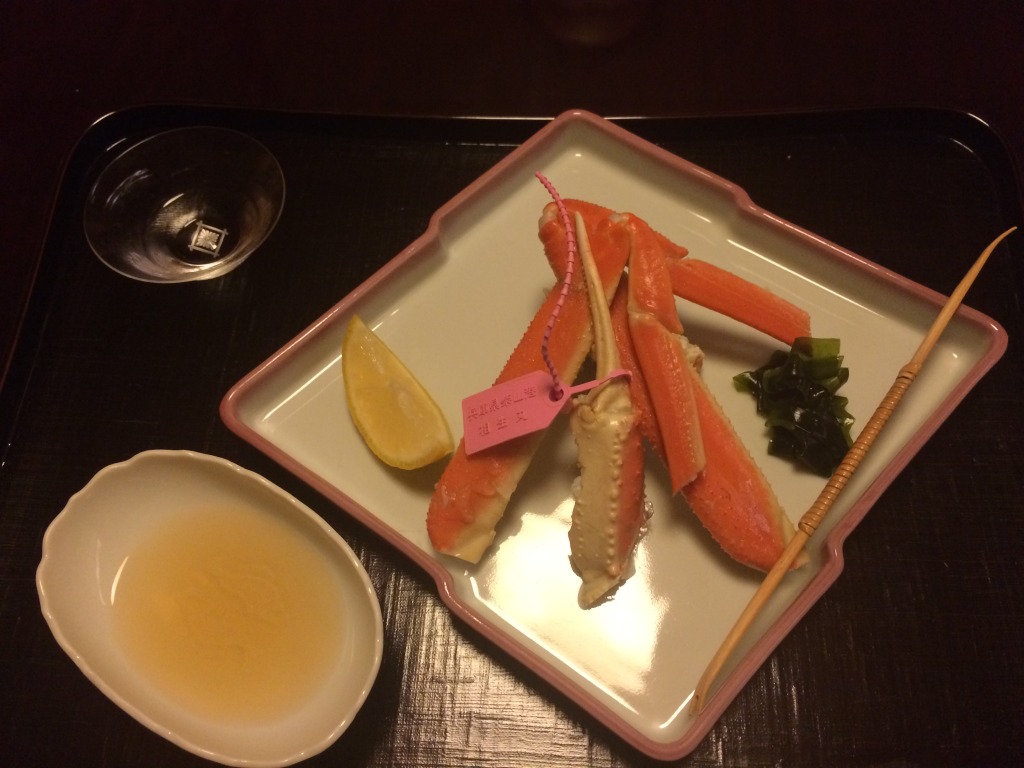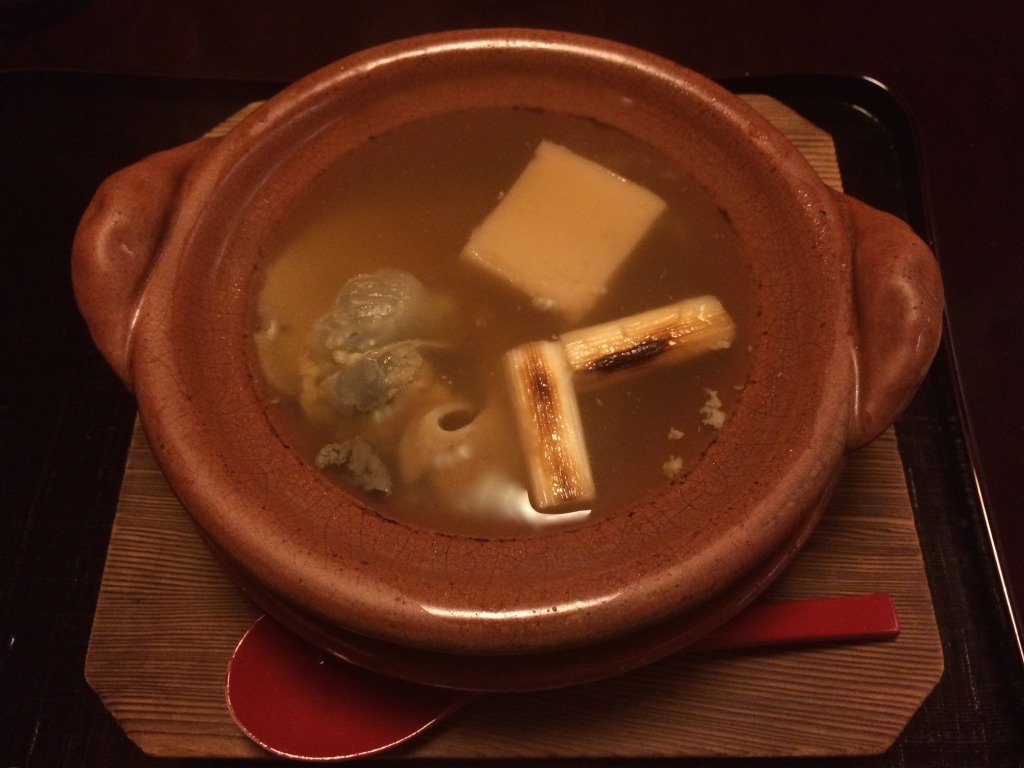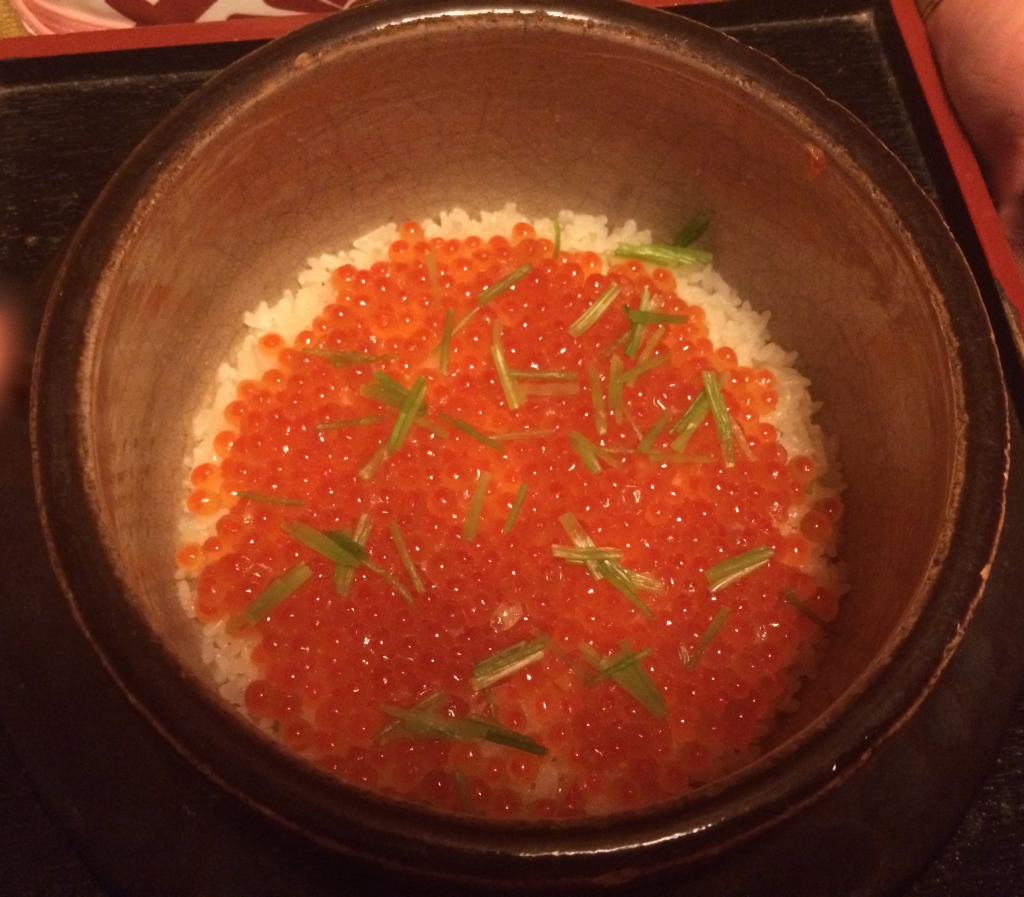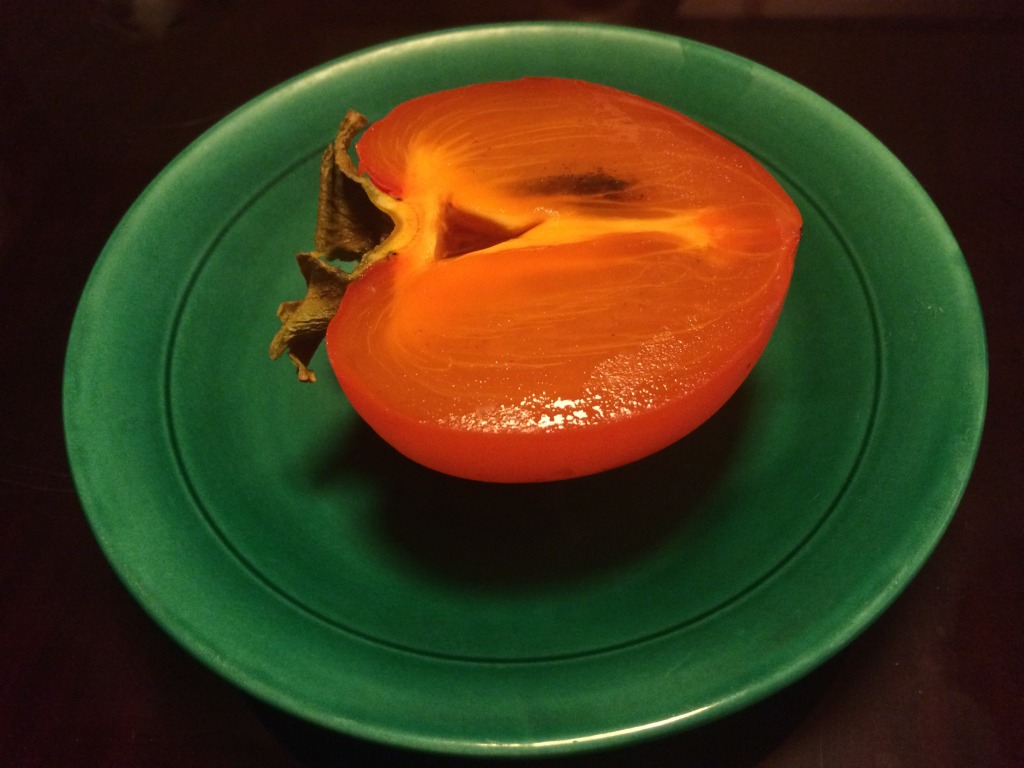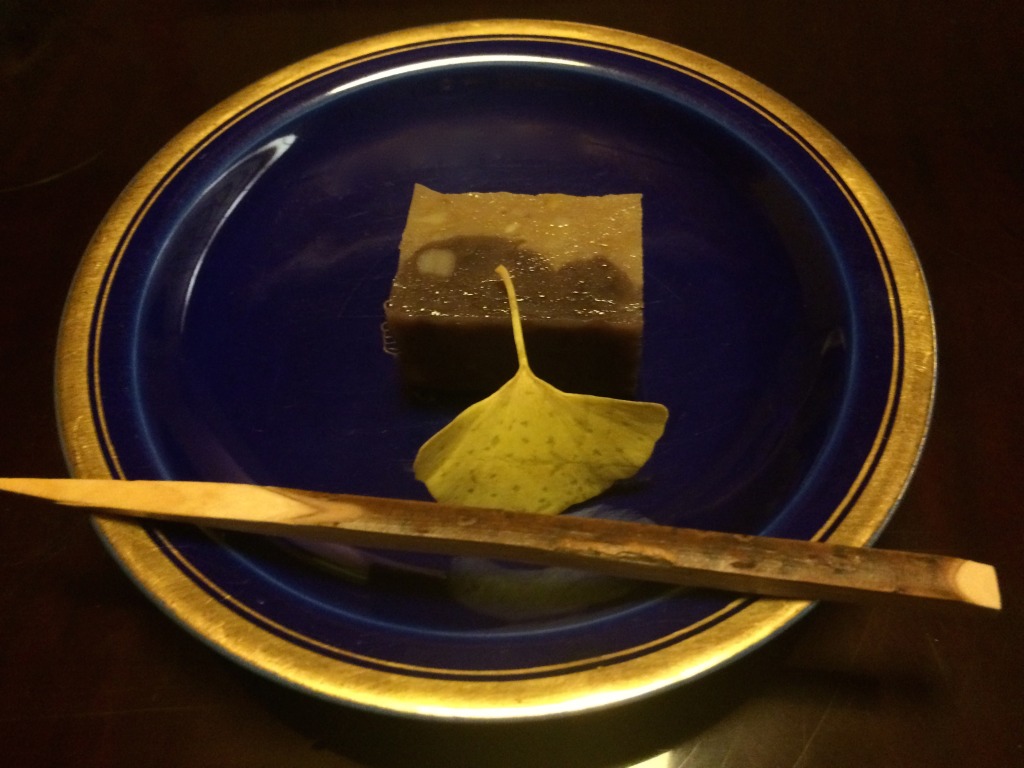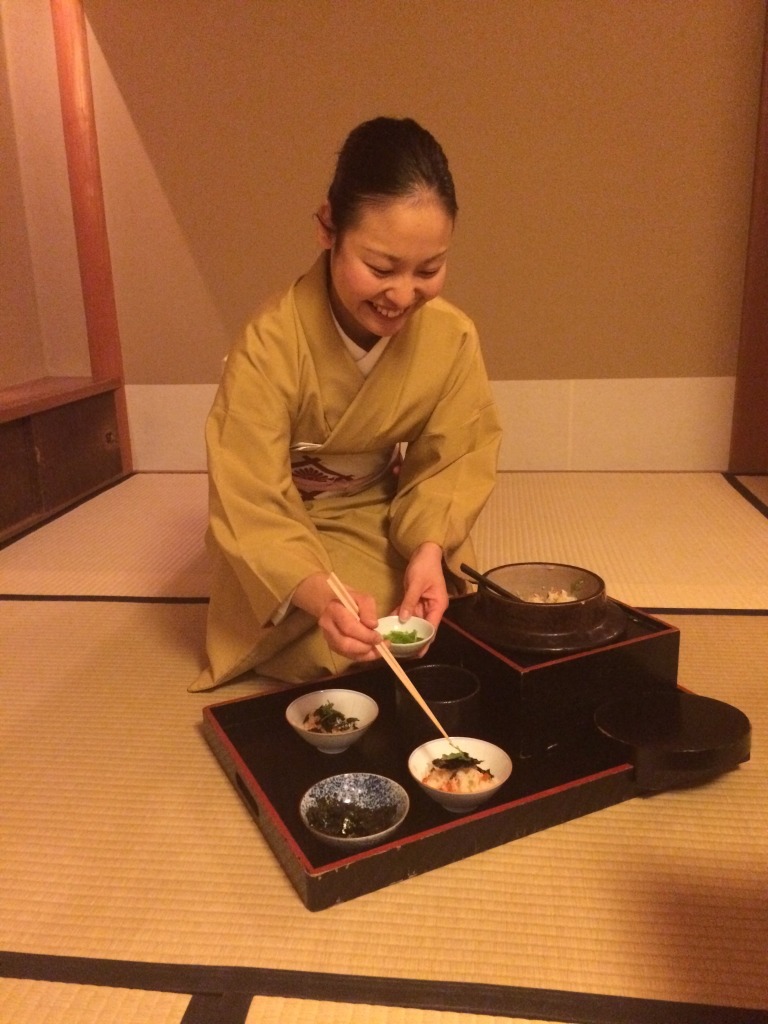Photo essay: Autumnal beauty and poetry of Kyoto
The autumnal beauty of Kyoto stirs the inner naturalist in any one of us. It is poetic and by far my favourite season to be in the former imperial capital of Japan, where the manmade meets its organic setting in a rising awe. My awareness of nature’s changing patterns increases in the fall. In winter one may be nostalgic for the sun’s rays, yet fall sparks with a renewal, hope.
In Kyoto, the no-mind zen meets artisanship of the shokunins and the manicured perfectionism reflected in the Japanese gardens. Wabi-sabi, seeing the beauty in imperfection is deeply imprinted in the Japanese aesthetic psyche, and the temple gardens as well as the widely admired crooked trees mirror this sensibility. Beyond the treasures of coloured fall poetry of Kyoto, the city is surrounded by wild lush hills. Particularly in the North, away from the tourist crowds, the leaf show unleashes a fine display late each November and early in December.
I have been visiting the UNESCO heritage beauty for years. In summer − too hot, in winter too damp and grey sad, while spring brings an abundance of sensai (wild mountain vegetables) to the plates in the local kaiseki restaurants, plus all nature blooms. Still, Kyoto is not the ideal spot for the cherry blossom watching. Tokyo and other regions are known to be better for the golden gingko (hence its nickname the Gingko City) and the pink-white ruffles of cherry petals. Fall sparks a rainbow of natural hues on the entire island country, but the ancient capital offers more of a blend of history and nature worth a special trip.
The sprawling city is easy to navigate on foot, by bicycle, bus, subway, train or car. The trains are particularly helpful in reaching the leafy suburbs. Beyond the buddhist and shinto temples gardens, the Imperial Palace and the Northern wilderness, the UNESCO heritage Arashiyama forest in the Northwest unleashes the poetry of Kyoto and casts an unforgettable photographic show. The crowds flood in thousands everyday right after the sunrise. The earlier you arrive the better, so you can savour the magic in tranquility. Ideally, stay in the area so can flop off your hotel before the sunrise and beat the ravenous visitors as we did.
I want you to focus on each image fully, so please mind the gaps. Scroll and roll your consciousness into the immense beauty. I created them intentionally for full immersion and appreciation of each single unit of a photo that captured the spirit of the place.
Inspired by the poetry of Kyoto, I composed
One sees more with the magnifier of awareness
Such beauty accessible to all
Heightens the awareness
Elevates the mundane to celestial awe —
— the leaf turning crimson, painted gold, marvellous!
Change, ageing, all that we call fall
The cycle is hope
The wind’s fan rains the leaves down
I see magic, the metasensual
In this ephemeral experience of my own
The rested mind floats into the whole —
— zen nothingness captures happiness
Offering hand to the lost or lonely
Understand, and be one within all.
Practical tips for visiting Kyoto during the autumn leaves season
Climate change has been pushing the locally celebrated autumnal leaves changing season later into the year as warm weather signals to the trees to wait a bit longer before shedding their annual weight. Read more about the mysterious behaviour of trees in my review of Peter Wohlleben’s book The Hidden Life of Trees.
Since this is the high tourist season in Kyoto, you need to be savvy about which sights in which part of the day or night you visit.
The smaller or off-centre temples with marvellous gardens that have been so far to a great extend shielded from the human influx are Anraku-ji, Reikan-ji, Myokaku-ji and the Rinkyun-ji. A very limited access to the must ahead book Shugaku-in Imperial Villa also guarantees a less crowded experience. Avoid the Ruriko-in near the sacred Mount Hiei, Nanzen-ji and the surrounding temples on the eastern hillsides of Central Kyoto. The gated Kyoto Imperial Palace park is accessible from early morning so beat the ticket holders visiting the buildings by arriving before the palace opening.
The trickiest side of the trip is to snap rooms well ahead and to be lucky to strike the heart of the leaves bright display. Hotels and ryokans are the most expensive in this period, the cancellation periods strict and inflexible (typically Japanese), so you can only pray. In particular the Hoshinoya Kyoto ryokan can be heroic to book. After years of trying, we took the rare opportunity to stay for a night in this historic property located at the leafy bank of the Hozu river in the heart of the Arashiyama valley.
Further, I was lucky enough to visit Kyoto multiple times during the fall season as it coincides with my annual Asia trip. At times, it was damp, grey and the leaves past their peak, looking as if they were caught in the open without an umbrella, their trunks and branches soaked by rain with the leaves withering on the floor. Luckily, the endless supply of temples, museums and very long kaiseki meals saved the trip. This fall, was blessed with scheduling the best week, so if you won’t make it, console yourself with my poem and the photo essay above. The poetry of Kyoto is in its pure existence.








